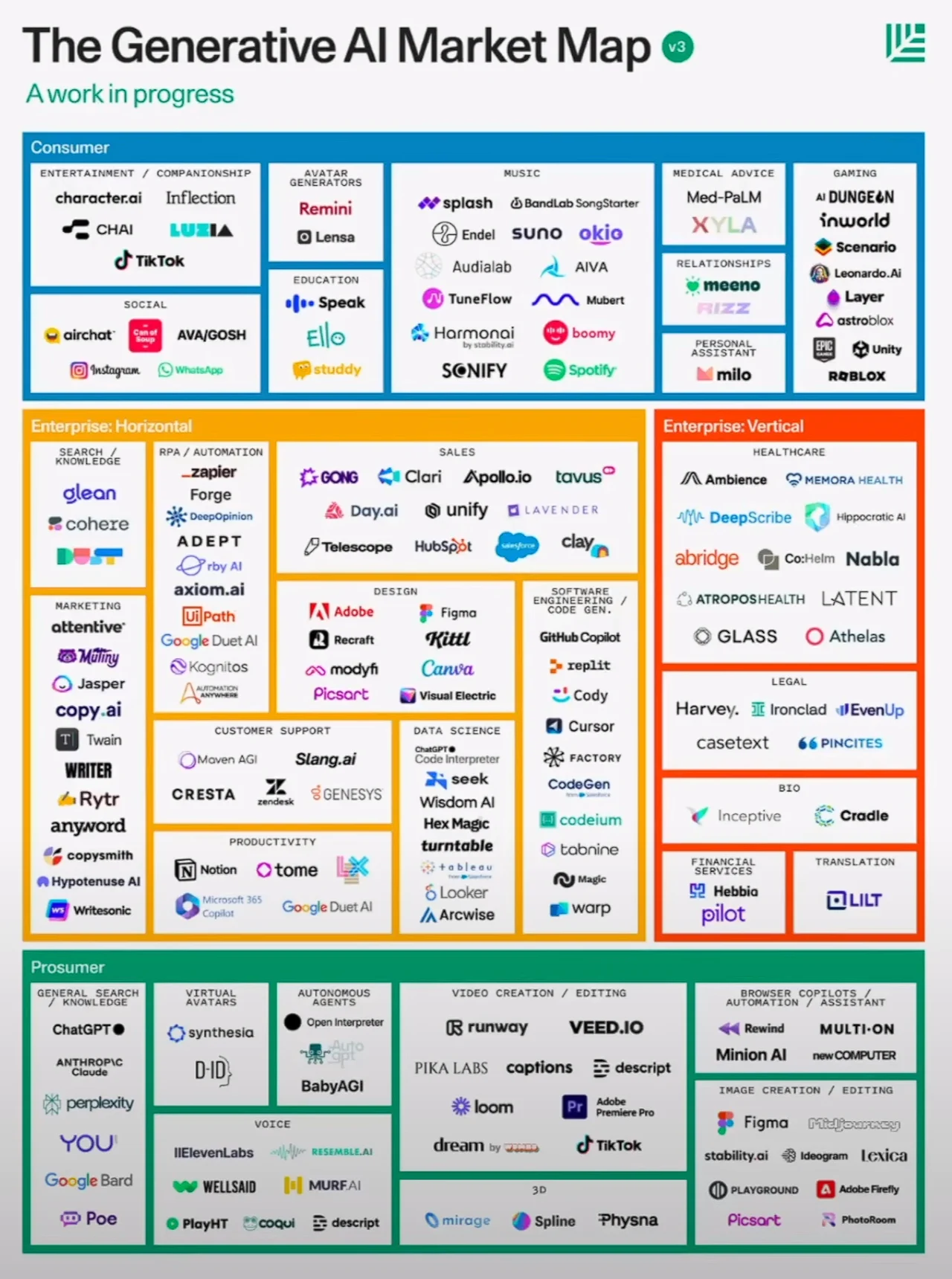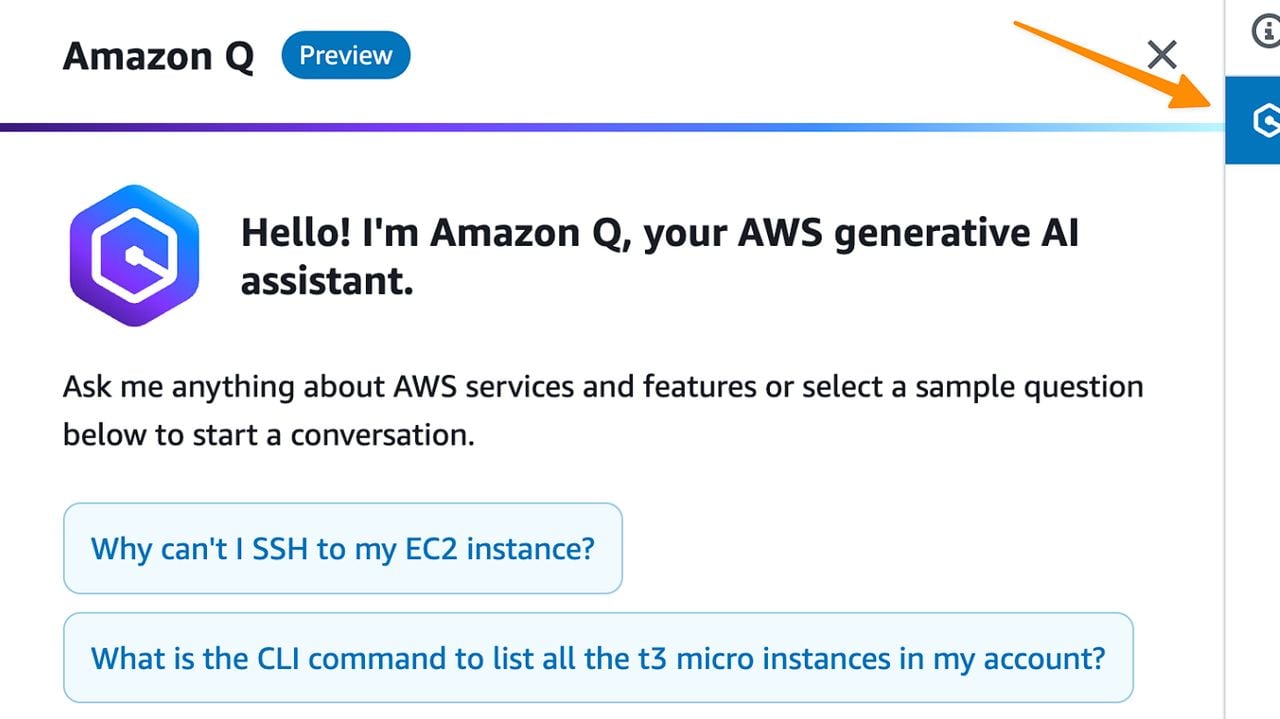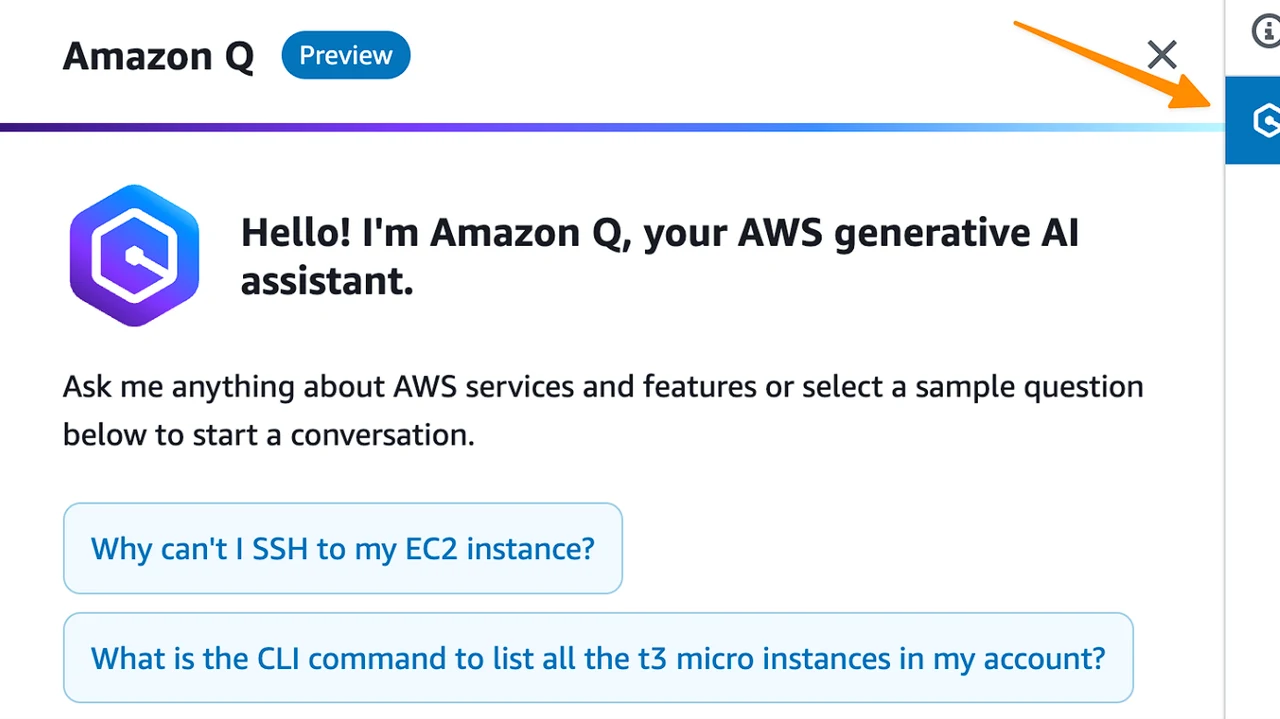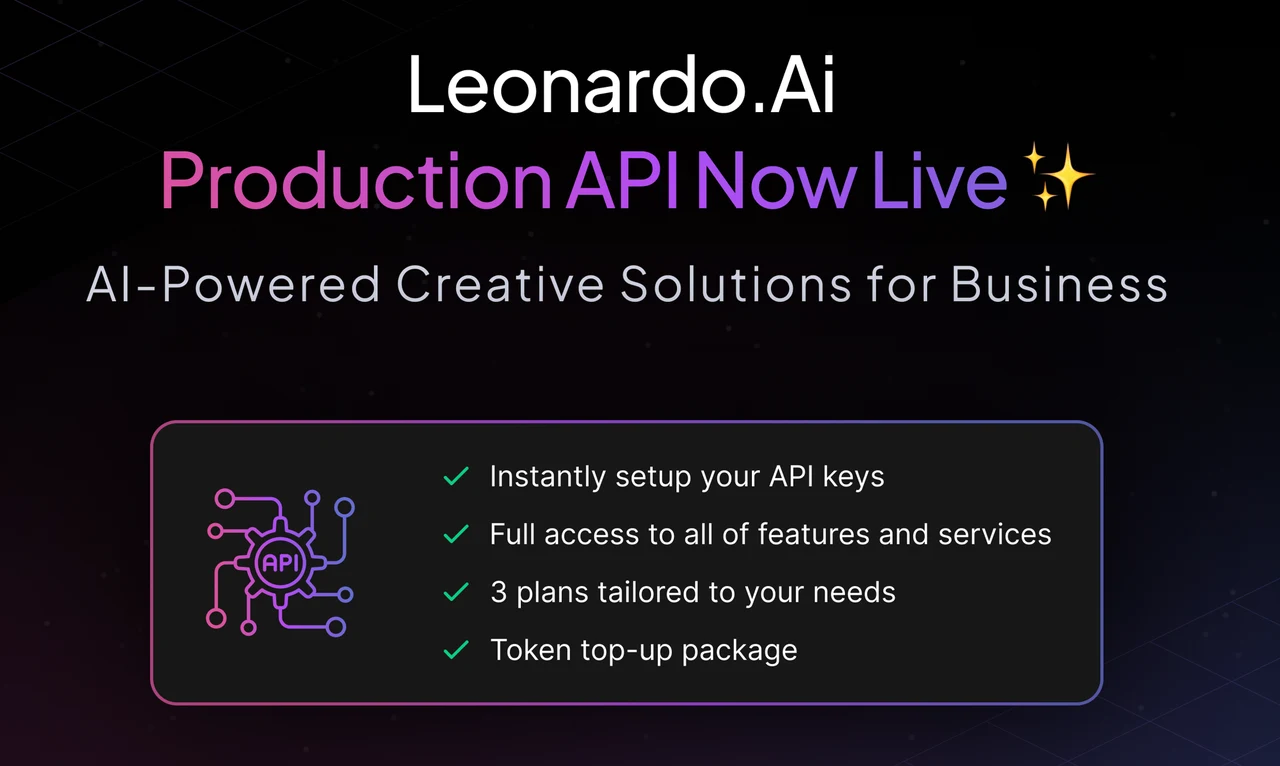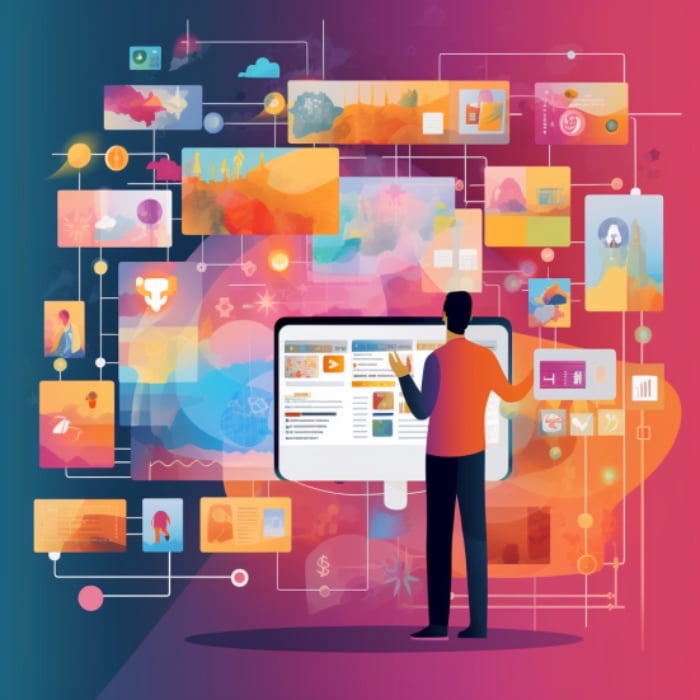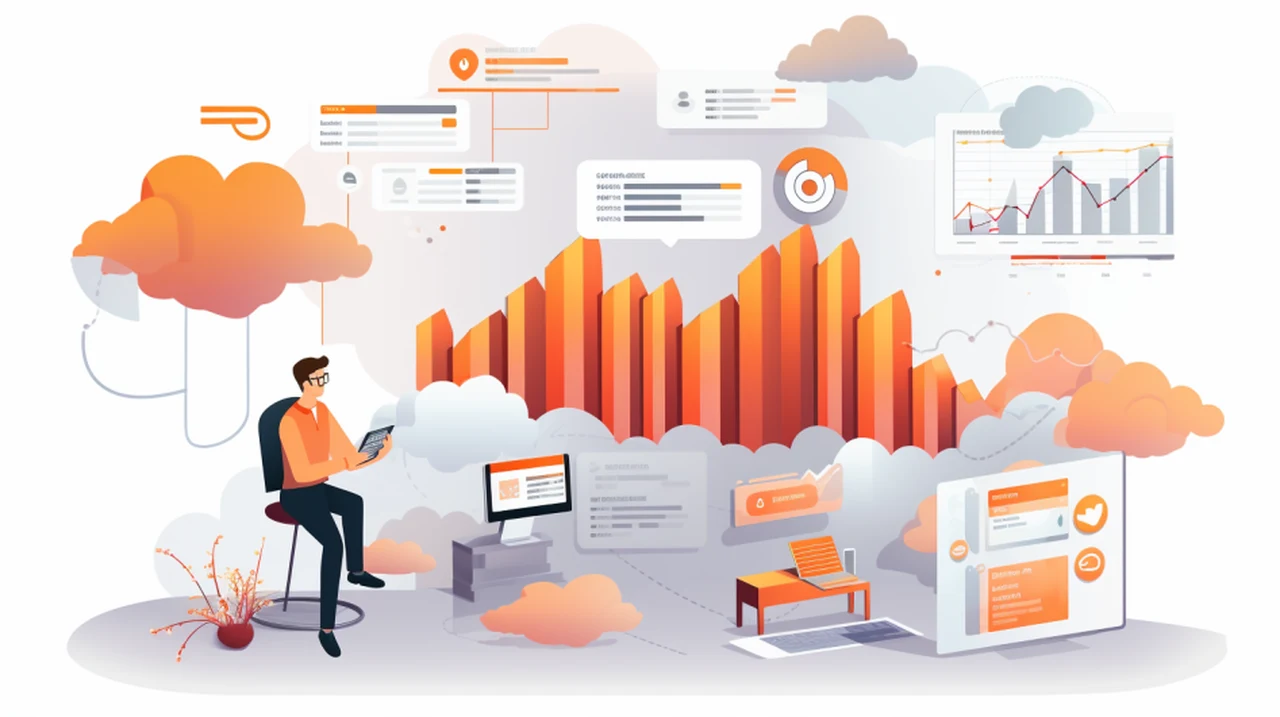
Imagine having the power to create detailed molds right at your fingertips, with a device that fits neatly on your desk. The FORMART S is a sophisticated vacuum former that caters to a wide range of users, from designers and educators to hobbyists and small business owners. Despite its modest size, this machine packs a punch, offering capabilities that rival industrial equipment.
The heart of the FORMART S is a strong vacuum pump that can apply up to 90KPA of pressure. This feature is crucial for achieving high-quality molds with sharp details. No matter if you’re working on complex prototypes or straightforward art pieces, the FORMART S is designed to deliver with remarkable precision.
Limited early bird offers are now available for the out-of-the-box project from roughly $719 or £566 (depending on current exchange rates), offering a considerable discount of approximately 25% off the retail rate, while the Kickstarter crowd funding is under way.
In today’s fast-paced world, efficiency is key. The FORMART S is engineered to keep up with your workflow. It boasts an advanced carbon fiber quartz heater that heats materials faster than many other machines on the market. Combined with a well-crafted wooden CNC base plate, this machine ensures that your projects are not only completed swiftly but also meet high-quality standards.
FORMART S portable desktop vacuum former

Ease of use is a standout feature of the FORMART S. It comes equipped with a 3.5-inch color LCD screen that provides animated instructions, making the molding process straightforward. Users have the option to select between an “Advanced Mode” for experienced users and a “Simple Mode” for those just starting out. This flexibility makes the machine accessible to everyone, allowing users to focus on their creativity rather than getting bogged down by complicated equipment.
The FORMART S also shines when it comes to working with different materials. It supports a variety of 17 plastic types, each with specific heating parameters that can be easily selected from the machine’s library. The compatibility with A4 size materials gives users the freedom to experiment with different plastics, customizing their work to suit the unique demands of each project.
If the FORMART S campaign successfully raises its required pledge goal and the project completion progresses smoothly, worldwide shipping is expected to take place sometime around March 2024. To learn more about the FORMART S desktop vacuum former project glimpse the promotional video below.
FORMART S comes with a built-in database of 17 different plastic sheets for automatic parameter setting with materials as below:
- Polyethylene terephthalate (PET): A highly transparent material commonly used to make chocolate molds or product packaging.
- High Impact Polystyrene (HIPS): A versatile, general-purpose white plastic commonly used for interior signage, storage trays and modeling parts.
- Thermoplastic Polyurethanes (TPU): A highly flexible and durable transparent material, and can be used to make everything from electronic device cases to handmade soap molds.
- Low-density polyethylene (LDPE): Durable, non-stick material, translucent food-grade plastic with fine molding details, ideal for use in turnover molds for a variety of materials such as epoxy resin, cement, and plaster.
Safety is a critical consideration in any tool, and the FORMART S vacuum former takes it seriously. It features a patented dual-lock frame and magnetic clamps that hold materials securely in place, minimizing the chance of mishaps. These safety features allow users to concentrate on their craft with peace of mind, knowing that the machine is designed with their well-being in mind.
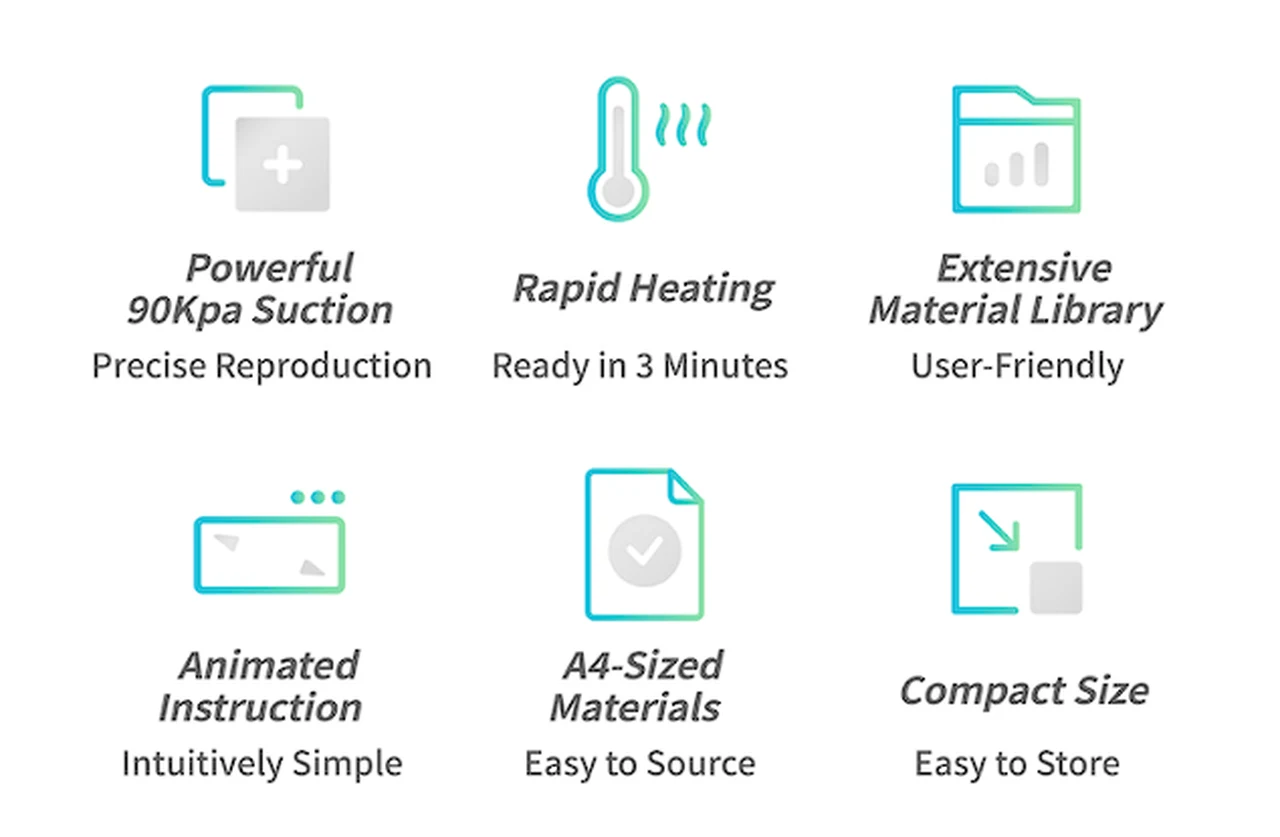
Despite its extensive capabilities, the FORMART S is surprisingly compact, measuring just 502mm by 312mm. This small footprint means it can fit into a variety of spaces, from cramped apartments to bustling workshops, without taking up too much room.
The FORMART S is more than just a vacuum former; it’s a comprehensive tool that brings professional-grade mold making to the convenience of your desktop. With its powerful vacuum, quick heating, user-friendly interface, wide range of compatible materials, rigorous safety features, and compact design, the FORMART S stands out as an essential device for anyone serious about mold making. It’s a machine that promises to transform your creative projects with a level of precision and quality that was once only possible with larger, more expensive equipment.
FORMART S application inspiration
- Develop unique molds for specialty gift crafts
- Form intricate components for architects’ display models
- Create props, costumes, and special effects prostheses
- Make molds for eye-catching, replicable chocolates and desserts
- Mold detailed parts for board games and RPGs
- Weatherproof outdoor ornaments
- Produce distinctive packaging for store products
For a complete list of all available project pledges, stretch goals, extra media and product capabilities for the desktop vacuum former, jump over to the official FORMART S crowd funding campaign page by checking out the link below.
Source : Kickstarter
Disclaimer: Participating in crowdfunding campaigns on sites like Kickstarter and Indiegogo involves inherent risks. While many projects successfully meet their goals, others may fail to deliver due to numerous challenges. Always conduct thorough research and exercise caution when pledging your hard-earned money as you might lose it all if the project fails.
Filed Under: Design News, Top News
Latest timeswonderful Deals
Disclosure: Some of our articles include affiliate links. If you buy something through one of these links, timeswonderful may earn an affiliate commission. Learn about our Disclosure Policy.








